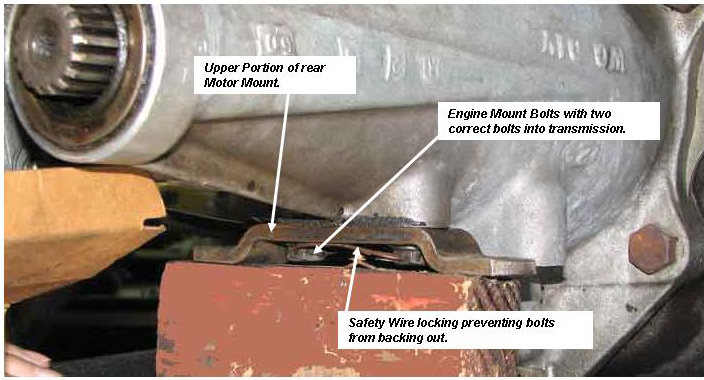|
4-spd. Shifter Refurbishment Presenter: Chip Werstein |
|||||||||||||||||||||||||
|
|||||||||||||||||||||||||
|
Southern California Solid Axle Corvette Club |
|||||||||||||||||||||||||
[av_textblock size=” font_color=” color=”]
[/av_textblock]
[av_button label=’Tech Topics Home’ link=’page,125′ link_target=” size=’small’ position=’center’ icon_select=’no’ icon=’ue800′ font=’entypo-fontello’ color=’theme-color’ custom_bg=’#444444′ custom_font=’#ffffff’]
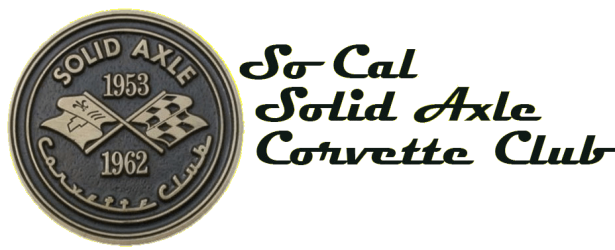

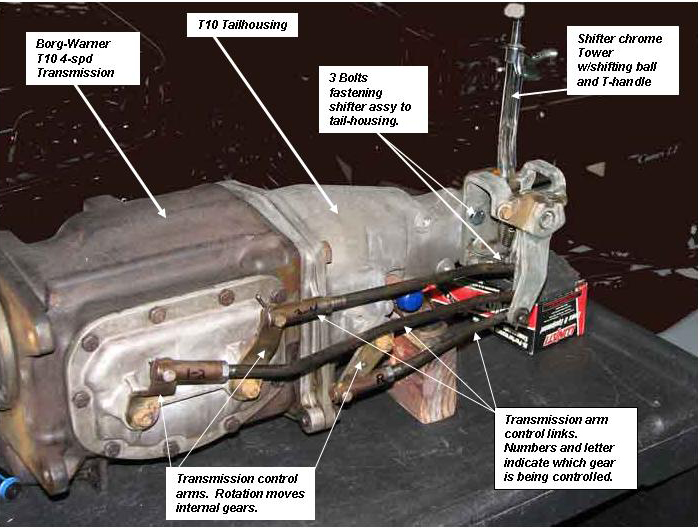
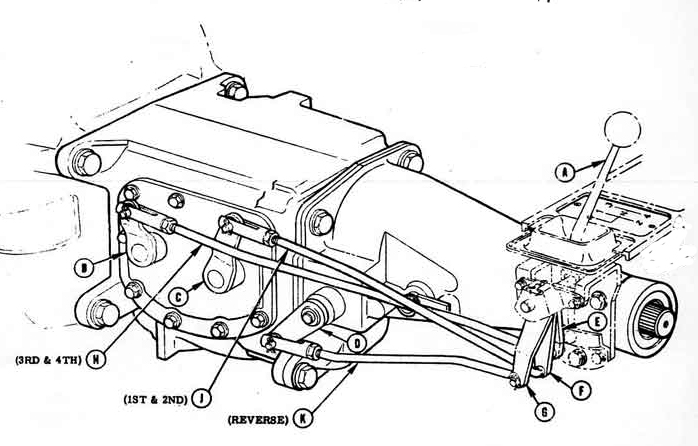
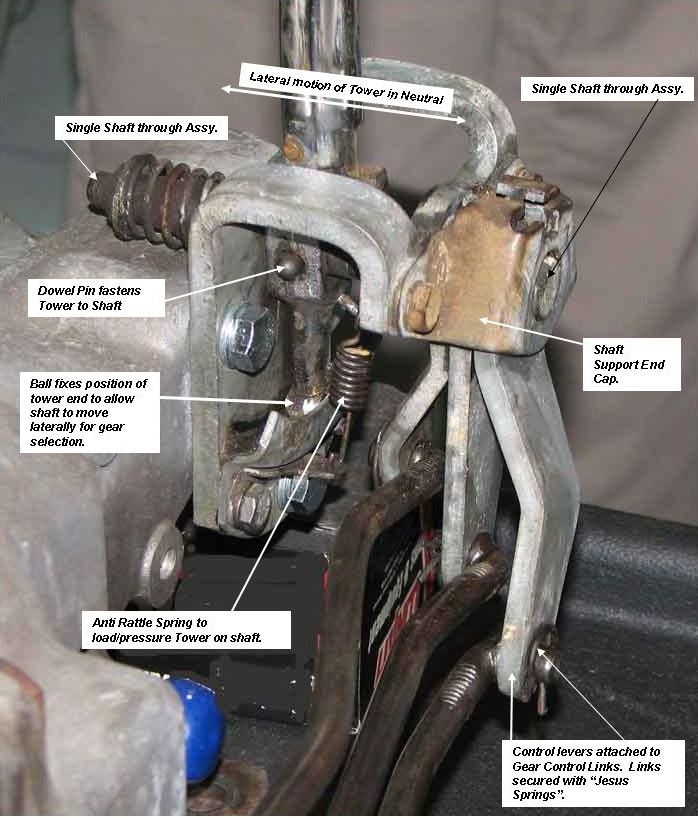
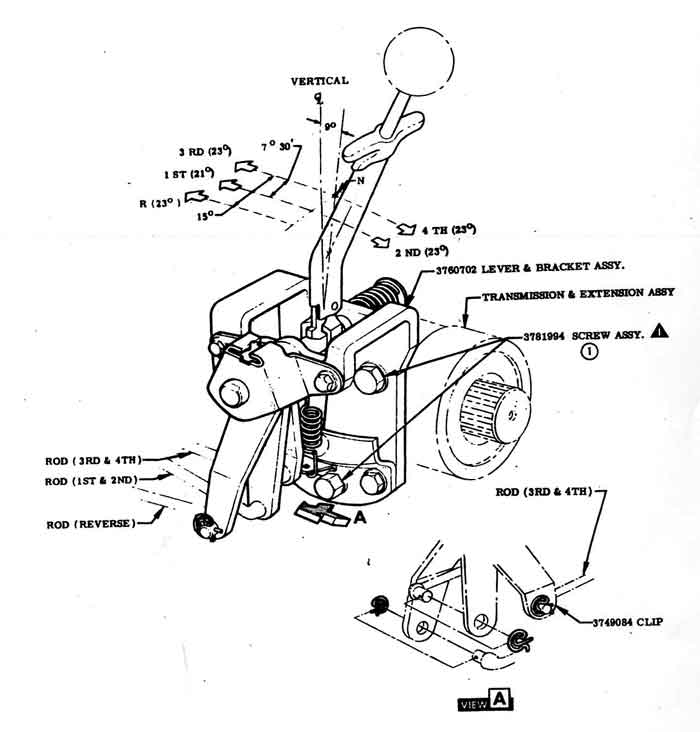
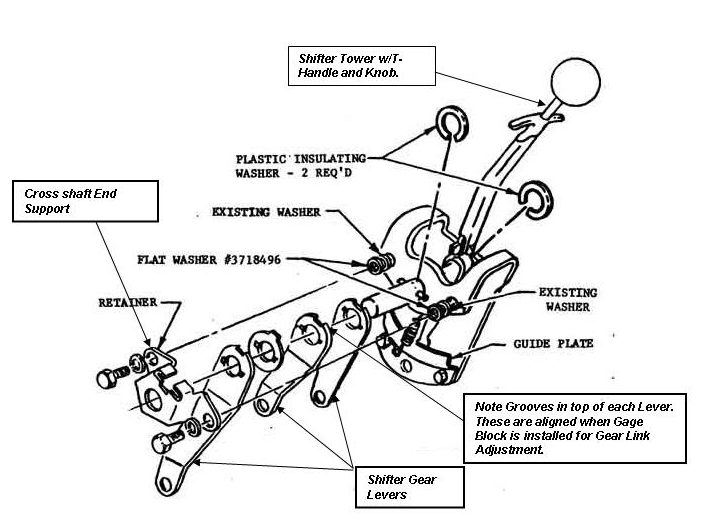
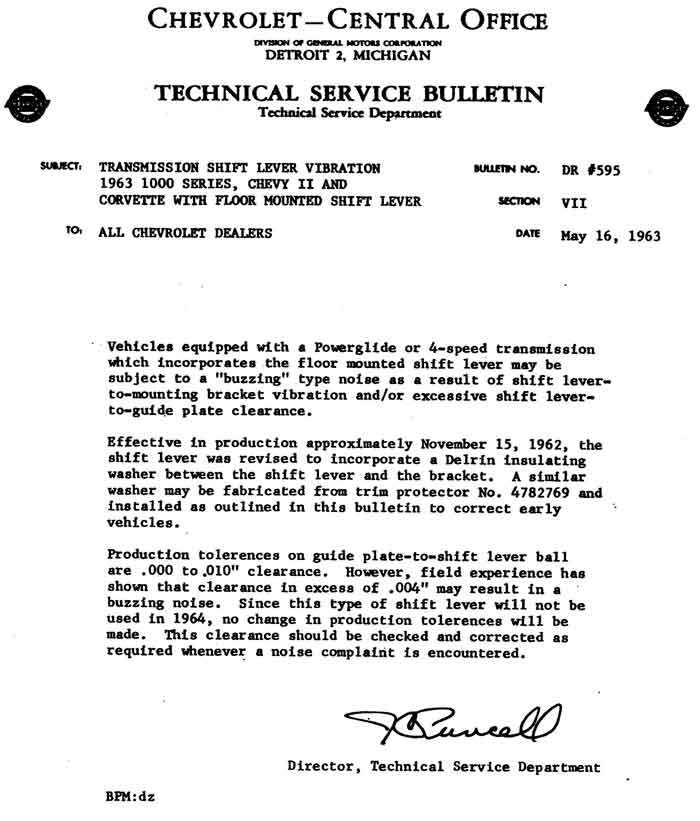
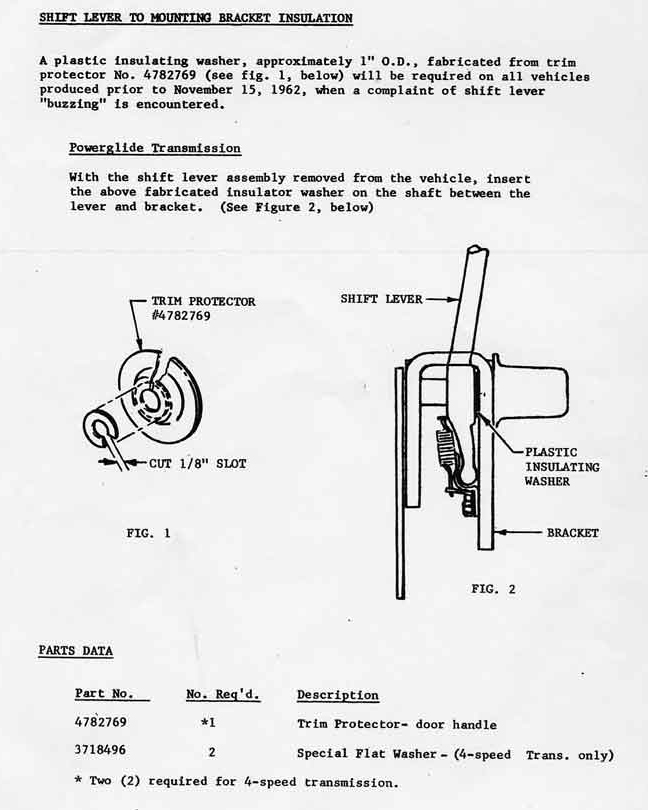
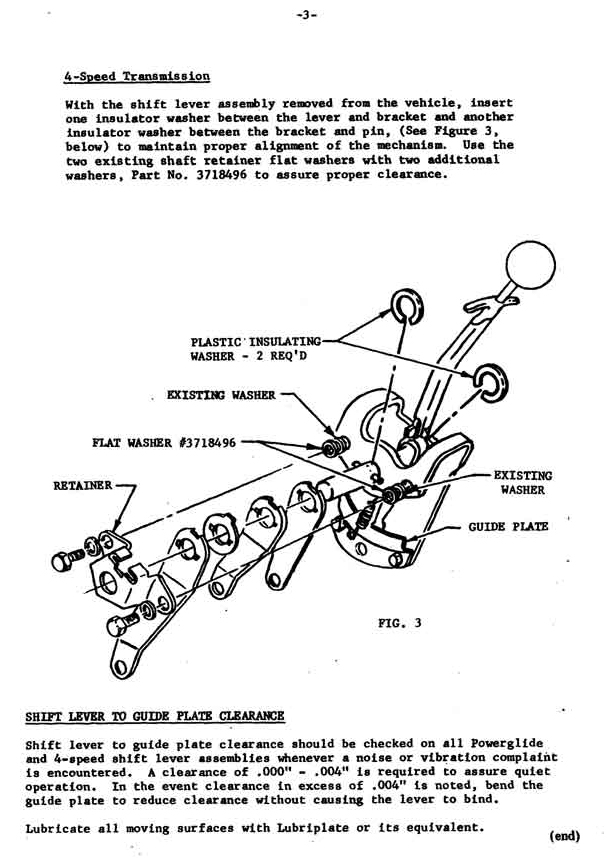
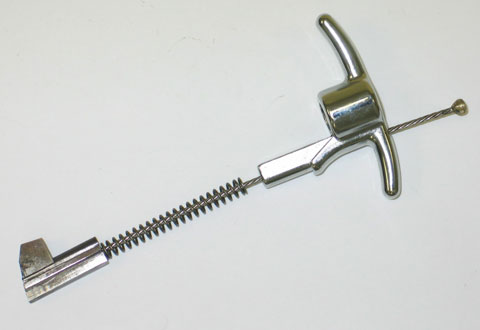 As noted in the picture, a cable, T-handle, spring and lock-out lever are an assembly and the disassembly of the tower is required to replace this part. The entire assembly is available from Corvette Central, part number 531111, and the cost is approximately $50. Disassembly of the shifting tower is begun by removing the pin from the cross shaft and removing a dowel holding the tower together. Once the new part is installed reassembly the tower, pin and a new pin fastening the tower to the cross shaft.
As noted in the picture, a cable, T-handle, spring and lock-out lever are an assembly and the disassembly of the tower is required to replace this part. The entire assembly is available from Corvette Central, part number 531111, and the cost is approximately $50. Disassembly of the shifting tower is begun by removing the pin from the cross shaft and removing a dowel holding the tower together. Once the new part is installed reassembly the tower, pin and a new pin fastening the tower to the cross shaft.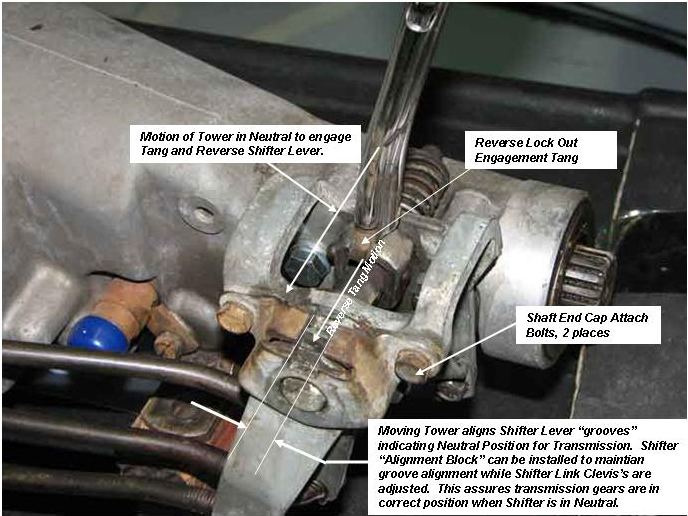
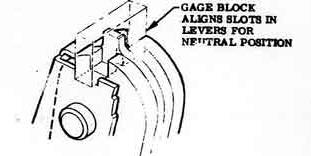 The above picture indicates a process to perform the Shifter Link length adjustment after refurbishment of the Shifter. The drawing to the left will assist to indicate the correct installation of the gage block. Each shifter lever arm contains a groove which is aligned with forward and rear motions of the tower. When the groves are aligned, the gage block is installed and after setting the transmission gear levers to a neutral position (lever points straight up and down) the clevis ends of the links can be screwed CW or CCW to lengthen of shorten each link until the clevis fits. The gage blocks were handed out for Free as Chip Werstein had them fabricated in quantity. They are also available at a cost from most Corvette parts suppliers.
The above picture indicates a process to perform the Shifter Link length adjustment after refurbishment of the Shifter. The drawing to the left will assist to indicate the correct installation of the gage block. Each shifter lever arm contains a groove which is aligned with forward and rear motions of the tower. When the groves are aligned, the gage block is installed and after setting the transmission gear levers to a neutral position (lever points straight up and down) the clevis ends of the links can be screwed CW or CCW to lengthen of shorten each link until the clevis fits. The gage blocks were handed out for Free as Chip Werstein had them fabricated in quantity. They are also available at a cost from most Corvette parts suppliers.